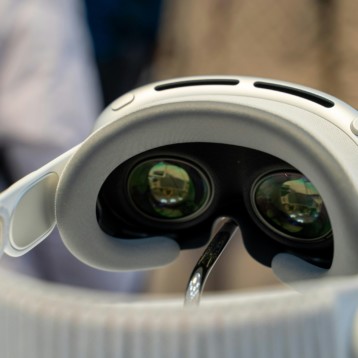Engineers working at Stanford University developed a wearable heart monitor that is thinner than a dollar bill. This revolutionary skin-like unit could potentially provide physicians with a safer way to monitor the condition of a patient’s heart on a regular basis whiteout interfering with their day to day activities.
In order to create the tiny heart monitor, Zhenan Bao, a professor of chemical engineering at Stanford combined layers of flexible electronics and pressure sensors. The stamp sized flexible skin-like monitor is worn under an small bandage on the wrist and is considered sensitive enough to allow physicians to detect stiff arteries and cardiovascular problems.
One of the future applications of the new heart monitor measuring a vital signs of newborn and high-risk surgery patients in an unobtrusive manner. Another interesting application has to do with artificial skin. Using many of these sensors on a prosthetic limb could create an electronic skin, generating an artificial sense of touch. According to professor Bao: "The pulse is related to the condition of the artery and the condition of the heart, the better the sensor, the better doctors can catch problems before they develop."
A heartbeat is comprised of 2 distinct peaks. The first and larger peak is caused by the heart pumping out blood, followed by a second smaller peak sent by the lower body, reflecting a wave back to your artery system.
–
–
According to Gregor Schwartz who participated in the research, "You can use the ratio of the two peaks to determine the stiffness of the artery, for example. If there is a change in the heart’s condition, the wave pattern will change. Fortunately, when I tested this on myself, my heart looked fine."
The new sensor is so sensitive that it can detect more than just the two peaks of a pulse wave. When tested, the researchers realized that there are small bumps in the tail of the pulse wave which can’t be seen by existing sensors. According to professor Bao these fluctuations could potentially be used for more detailed diagnostics in the future.
–
–
Professor’s Bao team is currently working alongside other Stanford researchers to make the device completely wireless. Using wireless communication, physicians could receive a patient’s minute-by-minute heart status using a mobile device from anywhere.
–
–
More information can be found on the Stanford website.
–
–
The following video shows the Stanford team discussing the new heart monitor











